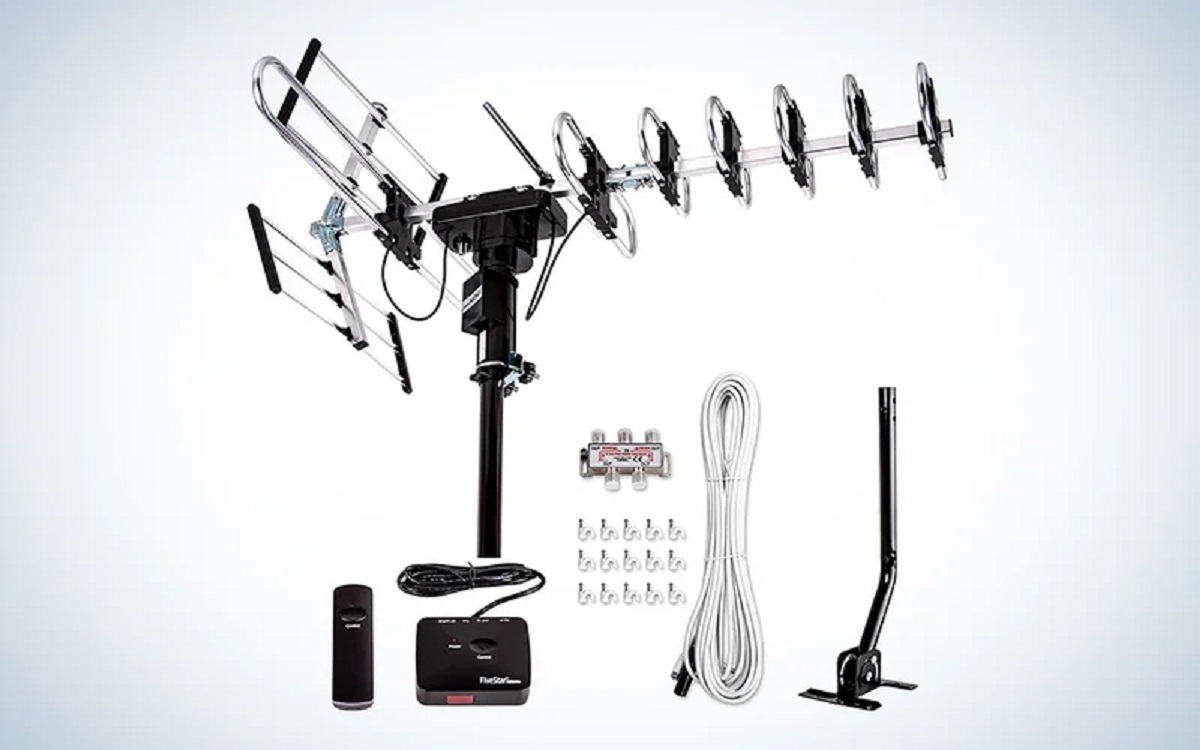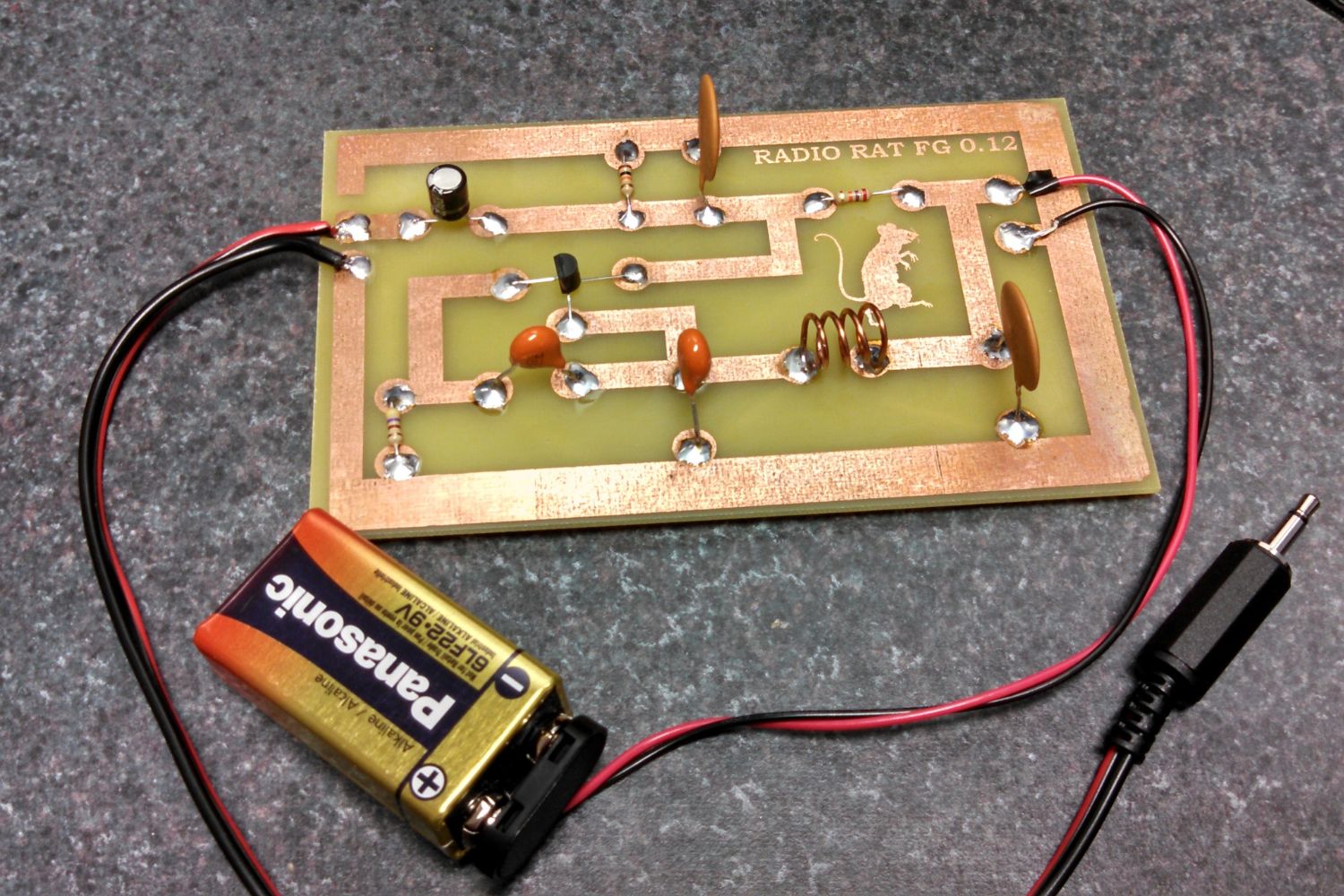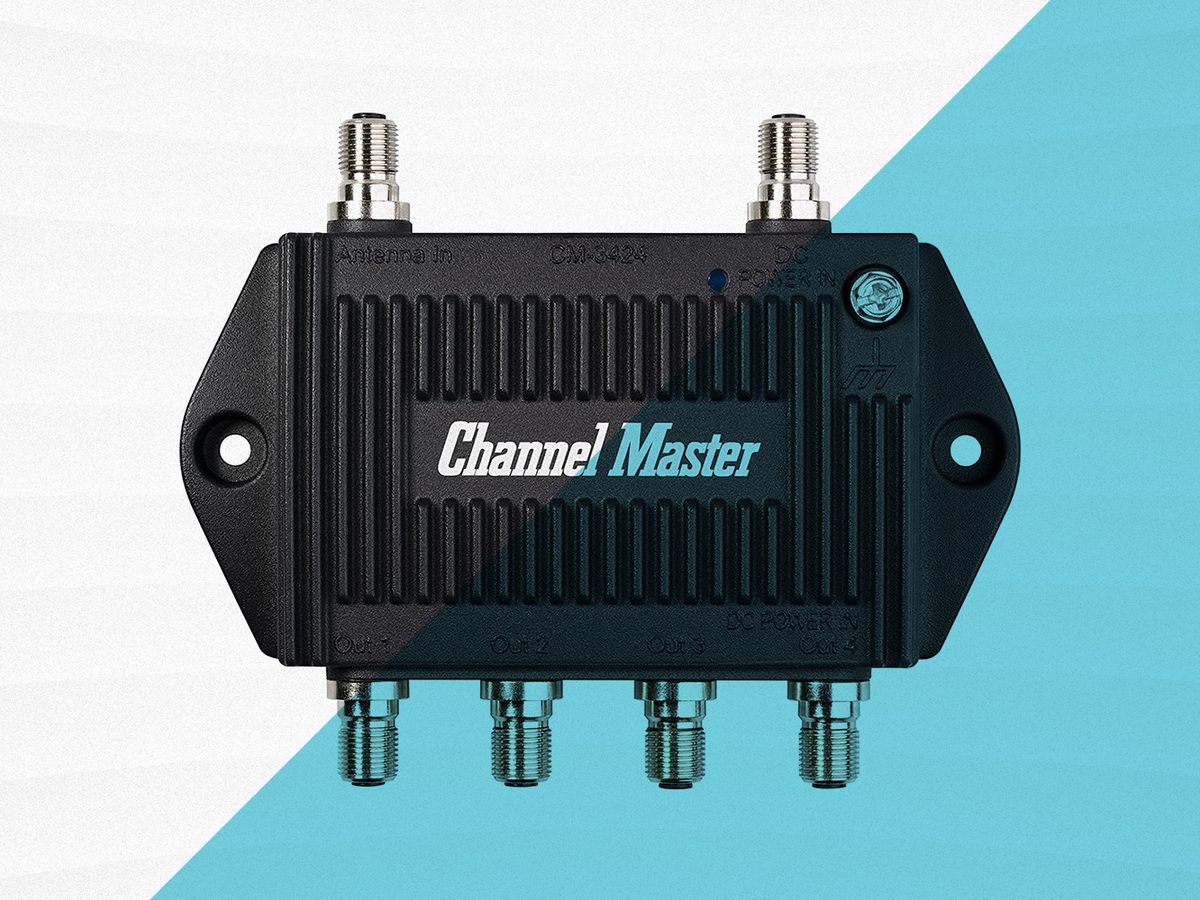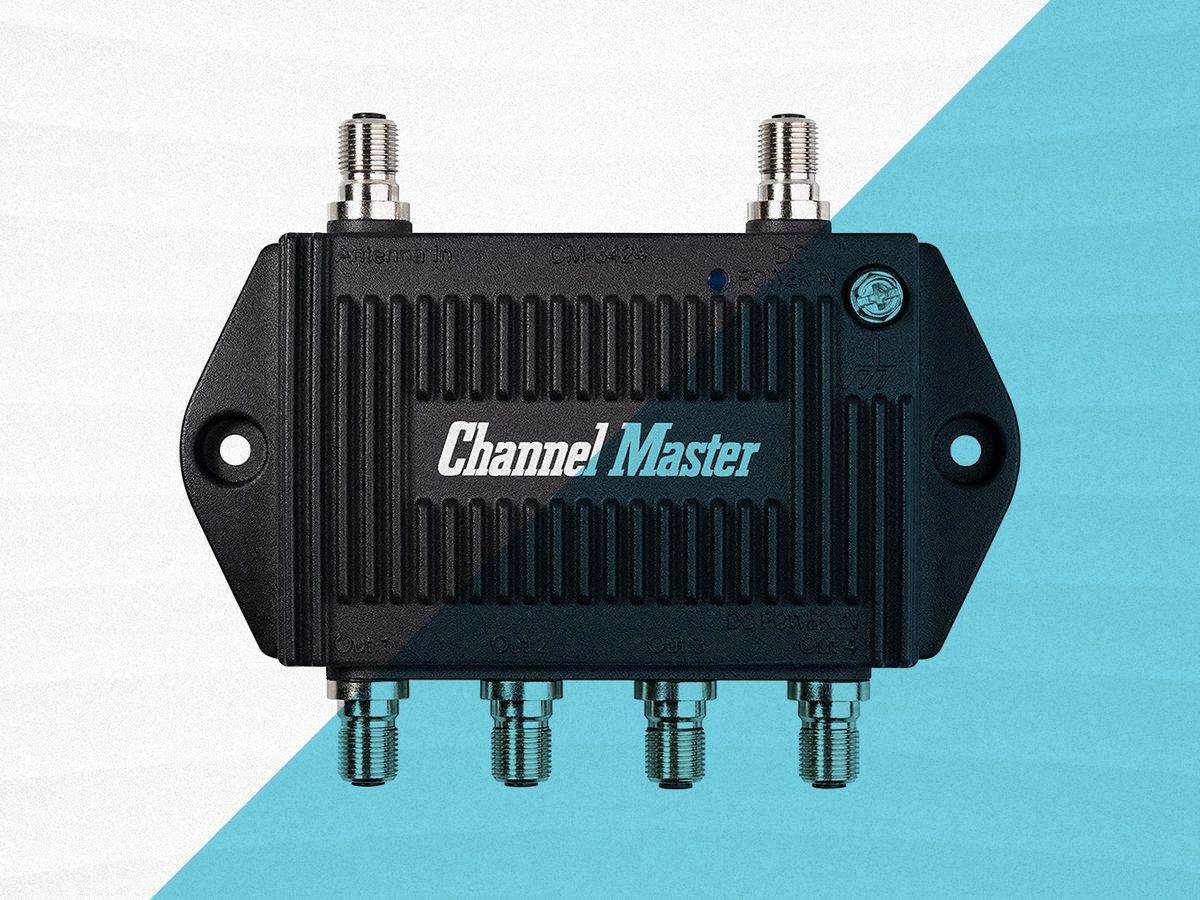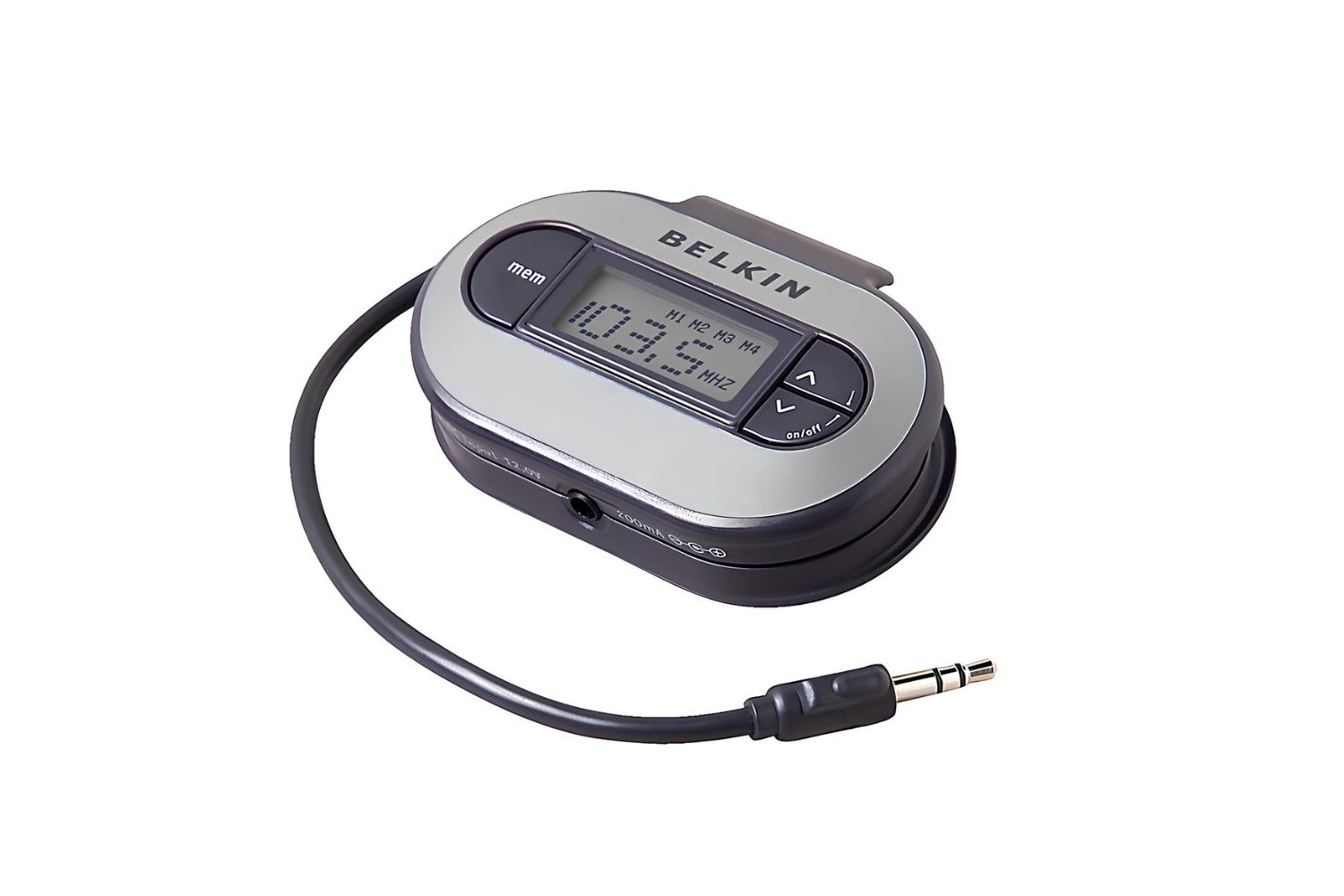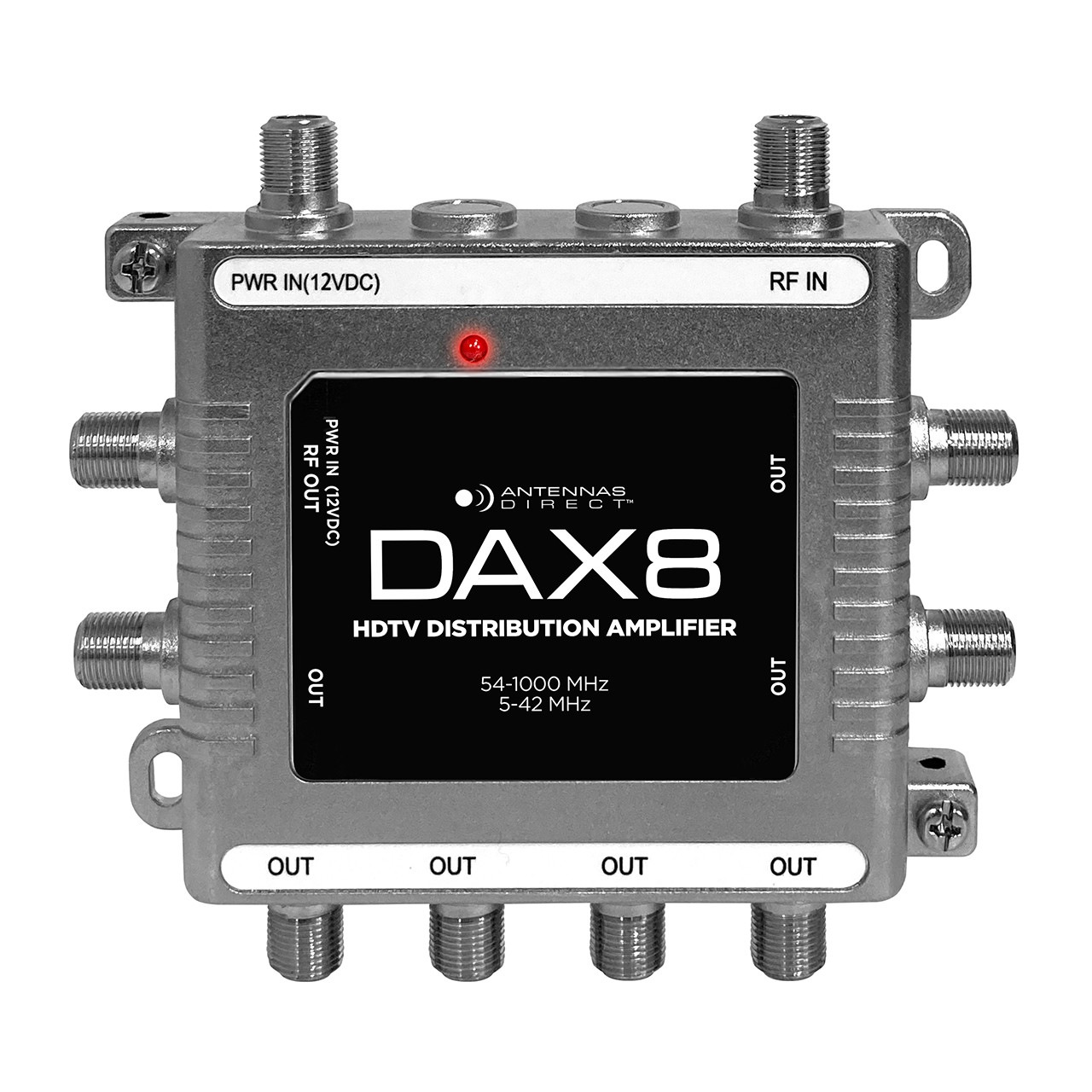Understanding FM Transmitter Signals
FM transmitter signals are a vital component of radio broadcasting, allowing for the transmission of audio content to a wide audience. Understanding the intricacies of these signals is crucial for optimizing their strength and clarity.
How FM Transmitter Signals Work
FM (Frequency Modulation) transmitters operate by varying the frequency of the transmitted signal in accordance with the audio input. This modulation process enables the transmission of audio content through the airwaves. The strength and quality of the transmitted signal are influenced by various factors, including the transmitter's power output, the location of the transmitter, the type of antenna used, and potential sources of interference.
Factors Affecting Signal Strength
Several factors can impact the strength and reach of FM transmitter signals. These include the transmitter's output power, the presence of obstacles, and the surrounding electromagnetic environment. Understanding these factors is essential for optimizing signal strength and ensuring clear transmission.
Importance of Signal Strength
The strength of an FM transmitter signal directly impacts the range over which the broadcast can be received. A stronger signal enables a wider coverage area, reaching more listeners and enhancing the overall broadcasting experience. Additionally, a robust signal reduces the likelihood of interference and ensures that the transmitted content remains clear and consistent.
Signal Quality and Clarity
In addition to signal strength, the clarity of the transmitted audio is paramount. A strong signal does not guarantee high-quality audio if interference or other issues compromise the transmission. Understanding how to maintain both signal strength and quality is crucial for delivering an exceptional listening experience to the audience.
Optimizing Signal Performance
By comprehending the fundamental principles of FM transmitter signals, broadcasters can implement strategies to enhance signal strength and clarity. This includes selecting optimal transmission locations, utilizing suitable antennas, minimizing interference, and adjusting power output levels to achieve the desired broadcasting range and audio quality.
Understanding the intricacies of FM transmitter signals empowers broadcasters to make informed decisions regarding signal optimization, ultimately contributing to a more robust and reliable broadcasting infrastructure.
Choosing the Right Location for Your FM Transmitter
Selecting the ideal location for your FM transmitter is a critical step in optimizing signal strength and reach. The geographical placement of the transmitter significantly influences its broadcasting capabilities, making it essential to carefully consider various factors when determining the most suitable site.
Factors to Consider
Line of Sight
Identifying a location with a clear line of sight is paramount for maximizing the effectiveness of your FM transmitter. Line of sight refers to the unobstructed path between the transmitter and potential receiving devices. When selecting a site, prioritize areas that offer an expansive line of sight, free from physical barriers such as buildings, hills, or dense foliage. This unimpeded line of sight facilitates the unhindered propagation of the transmitted signal, resulting in enhanced coverage and reception quality.
Elevation
The elevation of the transmitter site plays a pivotal role in signal propagation. Higher elevations provide broader coverage and improved signal strength, as the transmitted signal encounters fewer obstructions and interference. When feasible, consider positioning the FM transmitter at an elevated location to capitalize on the advantageous propagation characteristics offered by increased altitude.
Population Density
The density of the surrounding population should be taken into account when choosing a transmitter location. Areas with higher population densities present a larger audience base, making them favorable locations for broadcasting. By strategically siting the transmitter in proximity to densely populated areas, broadcasters can effectively reach a larger number of potential listeners, maximizing the impact of their transmissions.
Regulatory Compliance
Adhering to regulatory guidelines and local ordinances is imperative when selecting a transmitter location. Ensure that the chosen site complies with relevant broadcasting regulations and zoning restrictions. By aligning with regulatory requirements, broadcasters can operate within legal boundaries while optimizing their signal reach and impact.
Optimizing Signal Coverage
By carefully evaluating these factors and selecting a location that prioritizes line of sight, elevation, population density, and regulatory compliance, broadcasters can effectively optimize the coverage and reach of their FM transmitter signals. This strategic approach enhances signal strength, expands the broadcasting footprint, and ensures that the transmitted content resonates with a wider audience.
Choosing the right location for your FM transmitter is a pivotal decision that directly influences the effectiveness of your broadcasting efforts. By considering the aforementioned factors and prioritizing an optimal site, broadcasters can harness the full potential of their FM transmitters, delivering compelling audio content to a broader audience while maximizing the impact of their transmissions.
Using the Proper Antenna for Better Signal Strength
Selecting the appropriate antenna is a pivotal factor in optimizing the signal strength and reach of an FM transmitter. Antennas play a fundamental role in transmitting and receiving electromagnetic signals, and choosing the right type can significantly enhance the broadcasting capabilities of an FM transmitter.
Understanding Antenna Types
Various antenna designs are available, each catering to specific broadcasting requirements. When aiming to bolster signal strength, it is essential to consider the following antenna types:
-
Omni-Directional Antennas: These antennas emit signals in all directions, providing 360-degree coverage. Omni-directional antennas are well-suited for broadcasting in urban environments or areas with dispersed listener populations, as they facilitate widespread signal distribution.
-
Directional Antennas: Unlike omni-directional antennas, directional antennas focus their signal transmission in a specific direction. This targeted approach is advantageous for reaching distant or concentrated listener demographics, maximizing the signal strength within the intended coverage area.
-
Yagi Antennas: Yagi antennas are characterized by their high gain and directional capabilities, making them ideal for long-range transmissions. By concentrating the transmitted signal in a specific direction, Yagi antennas bolster signal strength and extend the reach of FM transmissions, particularly in rural or sparsely populated regions.
Antenna Placement and Orientation
In addition to selecting the appropriate antenna type, the placement and orientation of the antenna significantly impact signal strength. When installing an antenna for an FM transmitter, it is crucial to consider the following aspects:
-
Height Above Ground: Elevating the antenna above ground level enhances signal propagation and minimizes the impact of obstructions. Higher antenna placement facilitates broader coverage and stronger signal transmission, particularly in areas with uneven terrain or obstructive structures.
-
Clearance from Interference Sources: Positioning the antenna away from potential sources of interference, such as power lines, electronic equipment, and metallic structures, is essential for optimizing signal strength. By minimizing interference, the antenna can effectively transmit a clear and robust signal, ensuring an uninterrupted listening experience for the audience.
-
Optimal Orientation: Aligning the antenna in the optimal direction, based on the intended coverage area and listener demographics, is crucial for maximizing signal strength. By orienting the antenna strategically, broadcasters can concentrate the transmitted signal where it is most needed, amplifying the impact of their FM transmissions.
Leveraging Antenna Diversity
In some scenarios, leveraging multiple antennas, such as diversity antennas, can further enhance signal strength and reliability. Diversity antennas utilize multiple antenna elements to mitigate signal fading and improve overall signal quality. By embracing antenna diversity, broadcasters can fortify their FM transmitter signals, ensuring consistent coverage and minimizing the impact of signal fluctuations.
By selecting the appropriate antenna type, optimizing placement and orientation, and considering the potential benefits of antenna diversity, broadcasters can effectively bolster the signal strength and reach of their FM transmitter transmissions. This strategic approach enhances the broadcasting capabilities, ensuring that the transmitted content resonates with a broader audience while maintaining exceptional signal clarity and consistency.
Minimizing Interference for Clearer Transmission
Minimizing interference is paramount for ensuring a clear and uninterrupted transmission of FM signals. Interference can disrupt the quality of the broadcast, leading to distorted audio and reduced signal strength. By implementing strategies to mitigate potential sources of interference, broadcasters can uphold the integrity of their transmissions and deliver a seamless listening experience to their audience.
Identifying Interference Sources
Before addressing interference, it is crucial to identify the potential sources that can compromise the clarity of FM transmissions. Interference can stem from various sources, including electronic devices, power lines, natural phenomena, and co-channel interference from other broadcasters. Understanding the diverse origins of interference empowers broadcasters to proactively address each potential source, safeguarding the quality of their transmissions.
Shielding and Grounding
Implementing effective shielding and grounding measures is instrumental in minimizing interference. Shielding involves the use of barriers or enclosures to isolate the FM transmitter and associated equipment from external electromagnetic influences. Additionally, proper grounding of equipment and infrastructure helps dissipate unwanted electrical currents, reducing the risk of interference. By fortifying the transmitter setup with robust shielding and grounding, broadcasters can mitigate the impact of external electromagnetic fields and enhance the overall signal clarity.
Frequency Management and Bandwidth Allocation
Prudent frequency management and strategic bandwidth allocation are pivotal in mitigating interference, especially in congested broadcasting environments. By carefully selecting and managing the frequency spectrum utilized for FM transmissions, broadcasters can minimize the risk of co-channel interference from neighboring broadcasters. Furthermore, allocating appropriate bandwidth for each transmission optimizes signal integrity, reducing the susceptibility to overlapping signals and ensuring a clearer transmission for the audience.
Antenna Placement and Orientation
Strategic placement and orientation of antennas play a crucial role in minimizing interference and optimizing signal clarity. Positioning the antennas away from potential sources of interference, such as electronic equipment, power lines, and metallic structures, helps attenuate the impact of external disturbances. Additionally, orienting the antennas to focus the transmitted signal in the desired coverage area while minimizing the reception of unwanted signals contributes to a clearer and more robust transmission.
Signal Processing and Filtering
Incorporating advanced signal processing and filtering technologies into the FM transmission setup can effectively mitigate interference. Signal processing techniques, such as digital signal processing (DSP), enable the identification and elimination of unwanted noise and distortion, enhancing the overall signal quality. Moreover, employing specialized filters to attenuate specific frequencies or harmonics that contribute to interference further refines the transmitted signal, ensuring a clearer and more reliable broadcast.
Continuous Monitoring and Adaptation
Continuous monitoring of the transmission environment enables broadcasters to adapt to dynamic interference conditions in real time. By leveraging monitoring tools and spectrum analyzers, broadcasters can identify emerging sources of interference and promptly adjust transmission parameters to mitigate their impact. This proactive approach to interference management ensures that the FM transmissions remain clear and resilient, even in the face of evolving interference challenges.
Summary
Minimizing interference is a multifaceted endeavor that encompasses shielding and grounding, frequency management, antenna optimization, signal processing, and proactive monitoring. By addressing potential sources of interference through strategic measures, broadcasters can uphold the clarity and integrity of their FM transmissions, providing listeners with a consistently clear and immersive audio experience.
Adjusting the Power Output of Your FM Transmitter
Fine-tuning the power output of an FM transmitter is a pivotal aspect of optimizing signal strength and coverage. The power output directly influences the reach and clarity of the transmitted signal, making it essential for broadcasters to carefully adjust this parameter to achieve the desired broadcasting objectives.
Understanding Power Output
The power output of an FM transmitter, typically measured in watts, dictates the strength of the transmitted signal. Higher power output results in a more robust signal that can cover larger geographical areas and penetrate obstacles with greater ease. Conversely, lower power output limits the reach of the signal, necessitating strategic adjustments to align with the intended coverage area and audience demographics.
Balancing Range and Interference
Adjusting the power output involves striking a delicate balance between extending the transmission range and minimizing potential interference. Increasing the power output expands the coverage area, enabling the broadcast to reach a broader audience. However, it is crucial to consider the potential for increased interference as the power output rises, particularly in densely populated or congested broadcasting environments. Careful calibration is necessary to optimize the power output while mitigating the risk of interference, ensuring that the transmitted content remains clear and consistent.
Regulatory Compliance
Adhering to regulatory guidelines and legal limitations is imperative when adjusting the power output of an FM transmitter. Broadcasting authorities enforce specific power output restrictions to manage spectrum allocation and prevent signal overlap between different broadcasters. It is essential for broadcasters to familiarize themselves with the applicable regulations and ensure that their power output adjustments align with the prescribed limits, maintaining compliance while maximizing the impact of their transmissions.
Signal Propagation Characteristics
The terrain and geographical features of the broadcasting area significantly influence the optimal power output of an FM transmitter. Uneven terrain, urban landscapes, and geographic obstacles can affect signal propagation, necessitating tailored adjustments to the power output. By accounting for the unique propagation characteristics of the broadcasting environment, broadcasters can fine-tune the power output to overcome geographical challenges and deliver a consistent signal across diverse topographies.
Dynamic Adaptation
In dynamic broadcasting scenarios, the ability to adapt the power output in real time is invaluable. Events, weather conditions, and audience dynamics may necessitate on-the-fly adjustments to the power output to maintain optimal signal strength and coverage. By leveraging responsive power output control mechanisms, broadcasters can adapt to evolving broadcasting conditions, ensuring that the transmitted content resonates with the audience regardless of external variables.
Achieving Optimal Signal Performance
By meticulously adjusting the power output of an FM transmitter while considering range, interference, regulatory compliance, signal propagation characteristics, and dynamic adaptation, broadcasters can achieve optimal signal performance. This strategic approach enables broadcasters to maximize the reach and impact of their transmissions, delivering compelling audio content to a diverse audience while maintaining exceptional signal clarity and consistency.
This comprehensive control over the power output empowers broadcasters to tailor their transmissions to specific broadcasting objectives, ensuring that the FM signals effectively resonate with the intended audience, ultimately contributing to a more robust and reliable broadcasting infrastructure.










